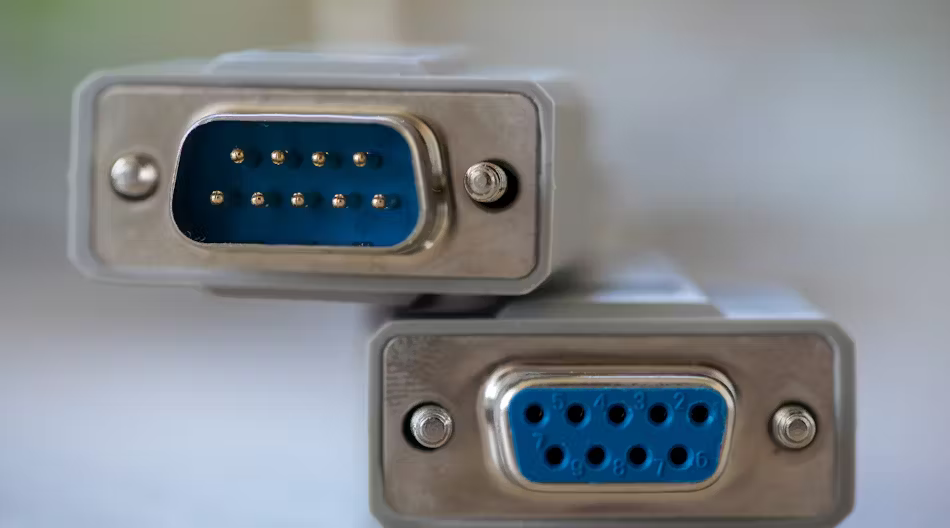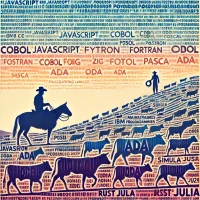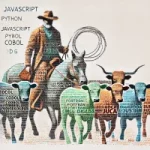There’s a real disconnect between the code that’s visible and the veteran status that’s claimed. This discrepancy isn’t trivial
Continue Reading “The Pirate Software Paradox: What Happens When Influence Outpaces Skill”
Code Wrangling at its Best

There’s a real disconnect between the code that’s visible and the veteran status that’s claimed. This discrepancy isn’t trivial
Continue Reading “The Pirate Software Paradox: What Happens When Influence Outpaces Skill”

Call me a control freak. But after decades in software development, I’ve learned to be cautious, especially when it comes to building systems on top of third-party APIs. While APIs can offer short-term acceleration, they often introduce long-term fragility that you can’t control. Why Relying on 3rd Party APIs Is Risky Using third-party APIs might
One of GAMBAS’s biggest advantages is its fully integrated development environment (IDE), which resembles VB6 and offers an easy-to-use graphical interface. This makes creating forms, handling events, and connecting to databases significantly faster than using more complex frameworks.
Continue Reading “Why GAMBAS BASIC Deserves a Place in Your Development Toolbox”
Introduction As an electronics enthusiast with over 50 years of experience, I’ve had the privilege of witnessing the dramatic evolution of computing systems. From the early days of 4 and 8-bit machines with minimal RAM to today’s powerful 64-bit computers with terabytes of storage, the progress has been nothing short of extraordinary. The same transformative
Continue Reading “Developing an Open Hardware Device Programmer”

Introduction RS-232, often referred to as a legacy serial communication standard, has been the backbone of communication in electronics and computer systems for decades. Developed in the early 1960s, RS-232 became the standard for robust, reliable data transfer between computers, modems, and peripherals. While USB, TTL serial, and wireless protocols have supplanted RS-232 in consumer

Capacitors are essential components in electronics, offering a wide range of applications from energy storage to signal filtering. This article covers everything you need to know about capacitors, including types, ratings, case types, mounting options, and their use in high-frequency and high-voltage circuits. Learn how to choose the right capacitor for your specific needs, including decoupling and filter capacitors, AC line supplies, and series or parallel configurations.

Electronics is an exciting and rewarding hobby that allows you to build your own circuits and devices. This introduction explains the basics of electricity, including voltage, current, and resistance, and how they work together in electronic circuits. You’ll also learn about Ohm’s Law, which helps you calculate the relationship between these key concepts. Whether you’re a beginner or looking to refresh your knowledge, this guide will give you a solid foundation to explore the world of electronics.
Continue Reading “Introduction to Electronics for Hobbyists”
Upgrading Ubuntu 18.04 to 20.04 on a server running ISPConfig 3.x can be done safely, but requires careful preparation. In this guide, we discuss how to back up your server, verify ISPConfig compatibility, and perform the upgrade process. By following these steps, you can ensure that the upgrade is smooth and that your websites and services continue running without interruption.
Continue Reading “Setting Up a PHP Development Environment on Ubuntu 24.04”

Unicode is a universal encoding standard designed to support every language and symbol in use today. This article provides an in-depth look into how Unicode works in application development, exploring the challenges of string comparison, normalization, and the multiple ways that the same visual character can be represented. Learn how to handle Unicode strings in Python, JavaScript, and C, and discover how normalization can resolve issues when comparing visually identical characters.
Continue Reading “Understanding Unicode: A Deep Dive into Universal Text Encoding”

Code pages were once the backbone of character encoding in computers, providing a way to map binary values to text in different languages. However, they had significant limitations, particularly when dealing with multiple languages at once. This article explores the history of code pages, how they were used, and why they have been largely replaced by the modern Unicode standard, which offers a universal character set for all languages.
Continue Reading “Introduction to Code Pages: Legacy Character Encoding Systems”
Recent Comments